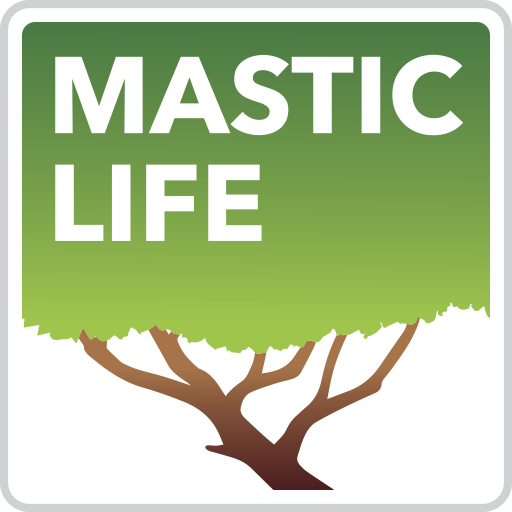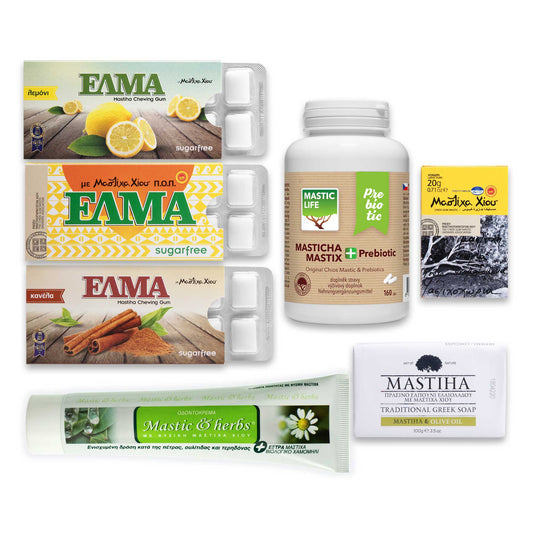Is Chios Mastic Gum Sustainable?
Share
Sustainable harvesting practices are crucial to ensure the longevity of mastic tree ecosystems and to protect the environment. Here are some key points regarding the sustainability of Chios mastic gum.
Learn more about: is Chios mastic gum sustainable?
In our introductory articles on the website we introduced the island of Chios. This island is home to the mastic trees, which produce mastic gum.
We have also devoted an overview article on how mastic is extracted from trees. Let us now turn our attention to whether mastic is sustainable.
5 points that prove mastic is sustainable
Harvesting Practices
Chios mastic gum is obtained by making small incisions in the bark of the mastic tree (Pistacia lentiscus var. Chia). The traditional method involves making careful cuts to allow the resin to ooze out, forming tears that are later collected. Responsible harvesting practices involve avoiding over-tapping and ensuring that trees have sufficient time to recover between harvesting seasons.
Cultivation Initiatives
Some efforts have been made to promote sustainable cultivation of mastic trees. Cultivation can help meet the demand for mastic gum without putting excessive pressure on wild populations. Cultivated mastic trees are often grown in a controlled environment, allowing for more sustainable management.
Community Involvement
Mastic-producing regions involve local communities in the harvesting process. Sustainable practices often include community engagement, education, and fair compensation for those involved in the industry. This helps create a sense of responsibility and shared interest in preserving the mastic tree ecosystem.
Regulatory Measures
Some regions may have regulations in place to control the harvesting of Chios mastic gum. These regulations aim to ensure sustainable practices, prevent overharvesting, and protect the natural habitat.
Environmental Impact
Sustainable harvesting of Chios mastic gum considers the overall impact on the environment. This includes preserving the biodiversity of the region, maintaining soil health, and preventing deforestation.
Summary
Chios mastic gum, derived from the resin of the mastic tree on the Greek island of Chios, is considered sustainable through responsible harvesting practices. These practices involve careful incisions in the tree bark, preventing over-tapping and allowing sufficient time for tree recovery.
Sustainable cultivation initiatives aim to meet demand while protecting wild populations, with community involvement ensuring fair compensation and fostering environmental responsibility.
Regulatory measures further control harvesting, while considerations for biodiversity and soil health emphasize the overall environmental impact. For the most current information on Chios mastic gum sustainability, checking with local authorities, environmental organizations, or producers on Chios Island is recommended.
Summary: Is Chios Mastic Gum Sustainable?
Chios mastic gum is considered sustainable thanks to responsible harvesting practices. Small, careful incisions in the tree bark prevent over-tapping and allow the trees to recover. Sustainable cultivation initiatives meet demand without harming wild populations, while local community involvement ensures fair compensation and environmental responsibility.
Regulatory measures further control harvesting, and considerations for biodiversity and soil health emphasize the overall environmental impact.
Did you know that the mastic gum is





